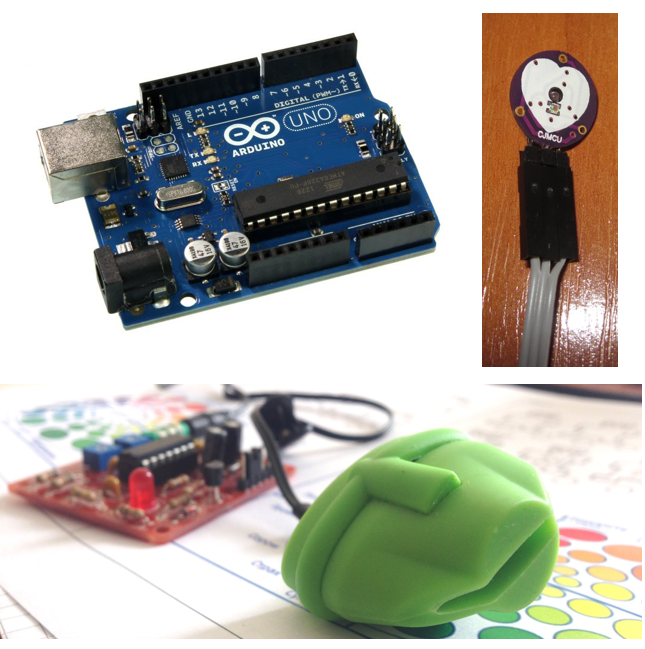
In recent years, interest in tracking personal health and fitness has grown rapidly. People want to understand their bodies better, and technology is keeping up with this demand. The market is now full of devices that monitor wellbeing, from heart rate and stress levels to calories burned and daily activity.
Behind each of these devices are biosensors that detect and interpret signals from the human body. Depending on their purpose, they vary in both functionality and cost: from professional systems like BioRadio, worth thousands of dollars, to consumer-grade wearables like Empatica or Jawbone that cost just a few hundred or even less.
Despite these differences, one thing unites them all: they use non-invasive methods to collect data. Here are some of the most common biosignals and what they measure:
| Biosignal, sensor | What for? |
| Electrocardiography (ECG) | Heart Rate Variability, Stress, Relaxation |
| Photoplethysmography (PPG) | Heart Rate Variability, Stress, Relaxation |
| Electrodermal Activity (EDA) | Arousal, Excitement |
| Galvanic Skin Response (GSR) | Arousal, Stress level |
| Temperature and Heat Flux | Activity, Context Info |
| 3-axis Accelerometer | Movement, Steps counting |
At SoftServe, our R&D team recently started a project that required collecting and analyzing biosignals. To do this, we ordered specialized equipment designed for high-quality data recording. However, due to unforeseen issues, the equipment became unavailable right when we needed it most, and our project deadlines were approaching fast.
To stay on track, we began searching for an alternative. After exploring various electronics resources, we came across low-cost PPG (photoplethysmography) sensors in the DIY section of a website. They could capture signals similar to an electrocardiogram, and each cost around $10, including shipping.
Our team decided to give it a try. Fortunately, we already had two Arduino boards, Uno and Mega, each costing between $10 and $20. Using these accessible components, we built a simple prototype to record biosignals.

The result was surprisingly effective. The Arduino platform proved to be a powerful and approachable tool for rapid prototyping. It allowed us to quickly validate the concept, continue data collection, and move forward with our research, without waiting for the original equipment to arrive.
In the end, this experience showed that innovation doesn’t always depend on expensive tools. With creativity and the right mindset, even a small, low-cost setup can help bring complex R&D projects to life.
Interested in exploring how our expertise can support your next innovation? Get in touch with us. We’d love to collaborate.
Start a conversation with us
